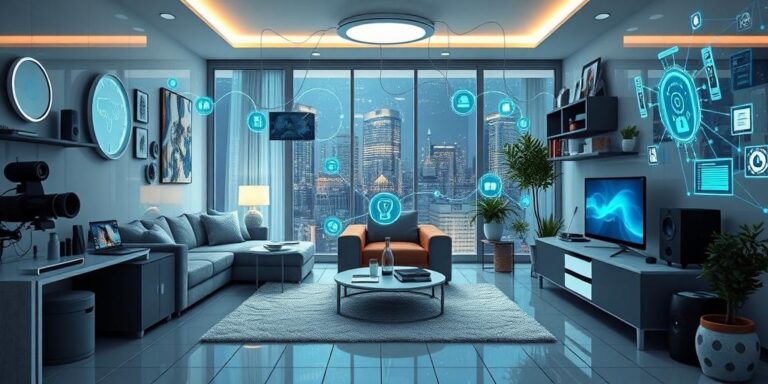The Ethical Implications of Ubiquitous Consumer IoT (2026)
By 2026, the Internet of Things (IoT) has woven itself into the fabric of daily life. Consumer IoT devices – from smart refrigerators that track our food consumption to wearables that monitor our vital signs – are commonplace. While these technologies promise convenience and efficiency, their pervasive nature raises profound ethical concerns that demand careful consideration.
Data Privacy in an Always-Connected World
The sheer volume of data generated by IoT devices is staggering. Every interaction, every sensor reading, every usage pattern is collected, analyzed, and potentially monetized. This raises several key ethical questions:
- Informed Consent: Are consumers truly aware of the extent to which their data is being collected and how it is being used? Do they have meaningful control over their data?
- Data Security: Can IoT devices be adequately secured against hacking and data breaches? The consequences of a breach involving sensitive personal data (e.g., health information) could be devastating.
- Data Minimization: Are companies collecting only the data that is strictly necessary for providing their services, or are they engaging in excessive data collection?
- Data Retention: How long is data being stored, and is there a legitimate reason for retaining it?
Algorithmic Bias and Discrimination
IoT devices often rely on algorithms to make decisions or provide recommendations. These algorithms can perpetuate and even amplify existing biases, leading to discriminatory outcomes. For example:
- A smart home system might be programmed to conserve energy, but its algorithms could disproportionately restrict energy consumption in low-income households.
- A fitness tracker might provide personalized workout recommendations, but its algorithms could be biased against certain demographic groups.
Addressing algorithmic bias requires careful attention to data collection, algorithm design, and ongoing monitoring for unintended consequences.
The Erosion of Autonomy and Control
As IoT devices become more integrated into our lives, they can subtly erode our autonomy and control. Consider the following scenarios:
- A smart thermostat automatically adjusts the temperature based on pre-set preferences, but users may find it difficult to override these settings.
- A smart car navigates autonomously, but users may feel uncomfortable relinquishing control of the vehicle.
It is essential to design IoT devices in a way that empowers users and preserves their ability to make their own choices.
The Environmental Impact of IoT
The proliferation of IoT devices has a significant environmental impact. The manufacturing, distribution, and disposal of these devices consume vast amounts of resources and generate substantial amounts of waste. Furthermore, the energy consumption of IoT devices contributes to greenhouse gas emissions. Addressing the environmental impact of IoT requires:
- Sustainable Design: Designing IoT devices with longevity, repairability, and recyclability in mind.
- Energy Efficiency: Optimizing the energy consumption of IoT devices.
- Responsible Disposal: Establishing effective systems for collecting and recycling end-of-life IoT devices.
The Need for Ethical Frameworks and Regulation
The ethical challenges posed by ubiquitous consumer IoT require a multi-faceted approach involving industry self-regulation, government oversight, and public awareness. Key elements of an ethical framework include:
- Transparency: Companies should be transparent about their data collection practices and algorithms.
- Accountability: Companies should be held accountable for the ethical implications of their IoT devices.
- Fairness: IoT devices should be designed and deployed in a way that promotes fairness and avoids discrimination.
- Sustainability: The environmental impact of IoT should be minimized.
As IoT technology continues to evolve, it is imperative that we proactively address these ethical implications to ensure that these technologies are used in a responsible and beneficial manner.




